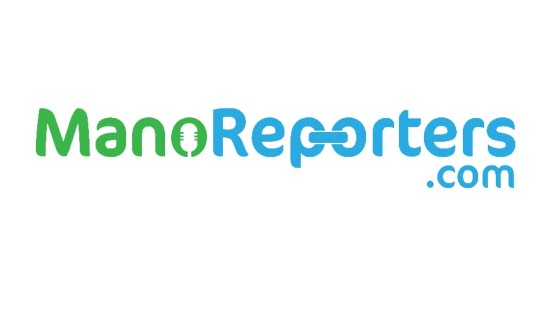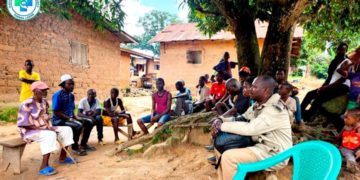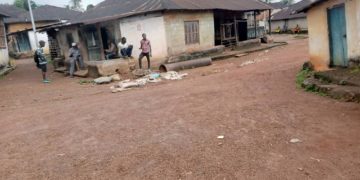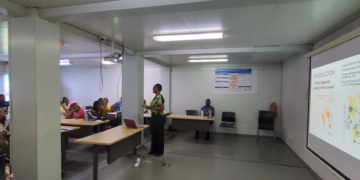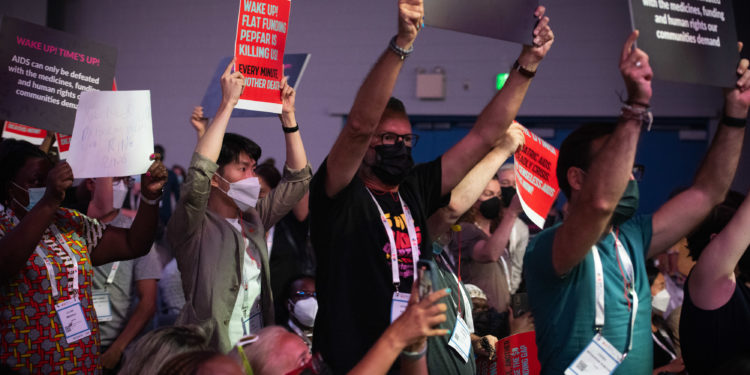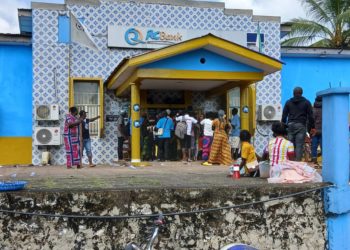The HIV pandemic gained grounds in the last two years and “needlessly” killed millions of people, despite advances in scientific breakthroughs, campaigners say, calling for re-engagement of the global community to overcome its advance.
The activist made the call at the opening of the 24th International AIDS Conference (IAS) in Montreal, Canada, warning that the world must act to turn the tide against the 40-year long pandemic by, among others, ensuring equity in the global response efforts.
The conference, also known as AIDS 2022, is being convened on the backdrop many global emergences, include the Covid-19 and Monkeypox pandemics, as well the Russia-Ukraine crisis which has impacted the global economy.
All of these have collectively stretched global resources.
“In the face of dueling pandemics, we are coming together to celebrate the resilience of our community and incredible advances in HIV prevention, treatment and cure research,” said Adeeba Kamarulzaman, IAS President and International Co-Chair of AIDS 2022.
“But let’s be clear, we have lost ground over the past two years and the most vulnerable have been hit hardest. That is why we’re bringing together the worlds of research, policy and activism at AIDS 2022 to restore momentum in the global HIV response,” added.
Mr Kamarulzaman said to overcome HIV, the world must re-engage and follow the science.
More than 9,500 delegates from across the world are in Montreal for the five-day long event which officially kicked off on Friday, July 29.
The organizers say about 2,000 other people are attending virtually.
Participants have a lineup of dozens of oral abstract and speaking sessions, as well as workshops, which focus on the cutting edge of science, innovation and community responses to HIV/AIDS.
On the event of the conference opening, UNAIDS published a report that warned that the fight against HIV was losing ground due to dwindling resources
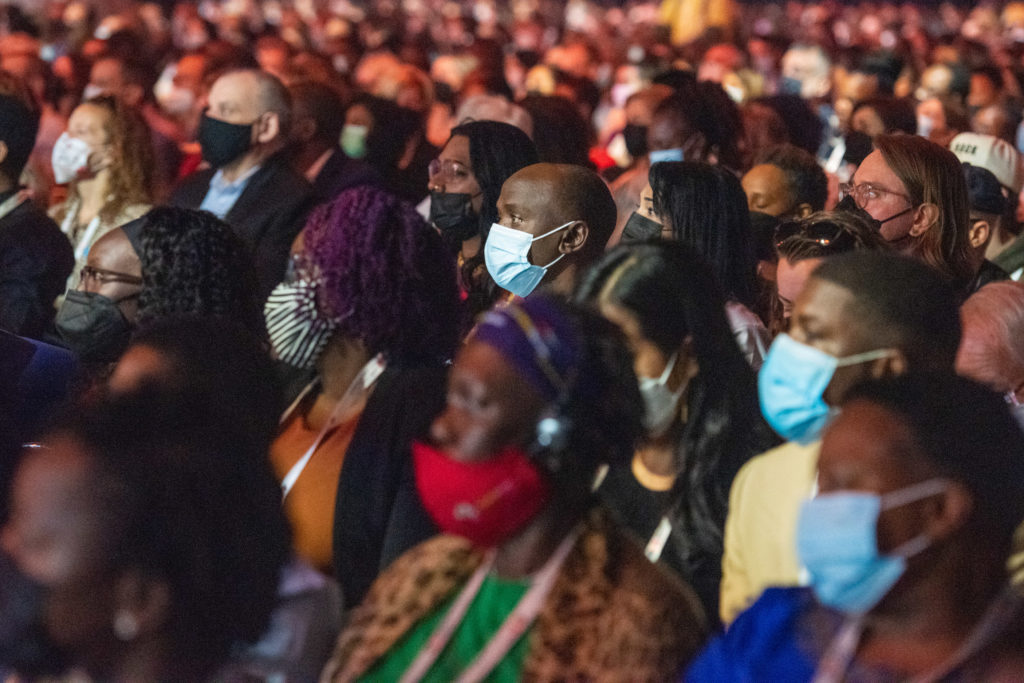
Titled “In Danger,” the report shows that about 1.5 million new HIV infections were recorded in 2021 – over one million more than the global targets. The number of people on HIV treatment also increased at a slower pace in 2021 than it had in over a decade, the report notes.
It also reveals a widening gap in coverage of life-saving services between children and adults, noting that only 52% of children living with the virus had access to services.
The report indicates that 650,000 AIDS-related deaths were recorded globally in 2021.
UNAIDS Executive Director, Winnie Byanyima, said it suggests a life lost every minute, despite effective HIV treatment and tools to prevent, detect and treat opportunistic infections.
“Leaders must not mistake the huge red warning light for a stop sign,” she said. “What we need to do is not a mystery. We know it from what we’ve repeatedly seen succeed across different contexts: shared science, strong services and social solidarity. We can end AIDS by 2030. But the curve will not bend itself. We have to pull it down, together.”
A separate event also saw the launching of the Montreal Manifesto, which emphasizes the call for equity and inclusion in global HIV response.
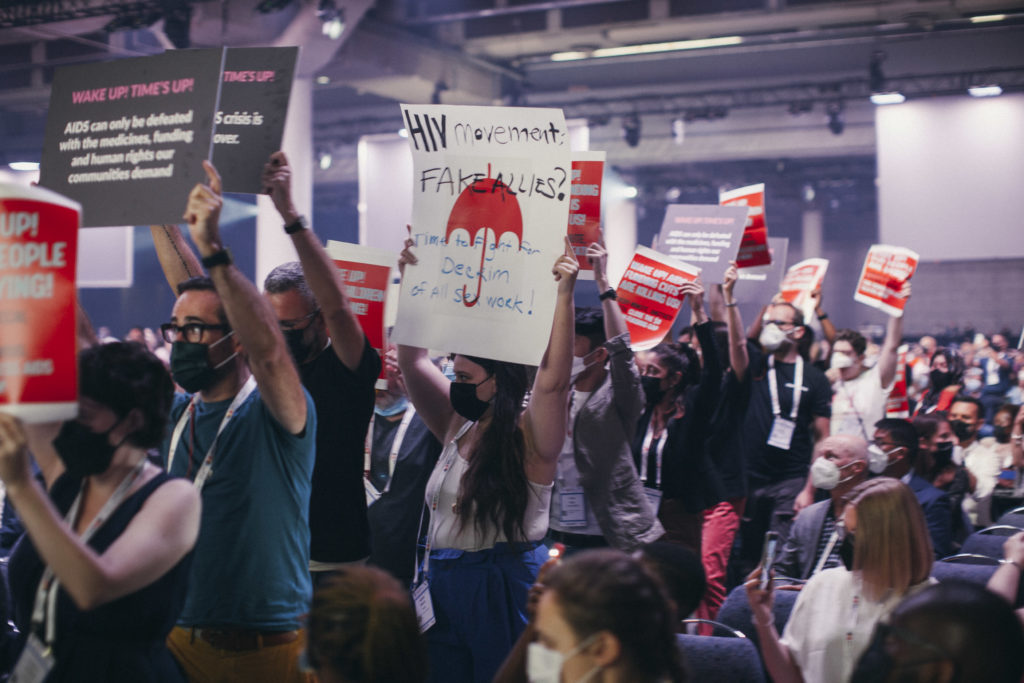
The 2022 Montreal Manifesto, prepared by the Montreal-based NGO COCQ-SIDA, is an update of the historic community declaration issued in 1989 when the Canadian city last hosted the AIDS conference. The document outlines the needs of people living with or affected by HIV, to those with the power to make a difference in their lives.
“We know that much has changed in HIV, especially in treatment, since 1989,” said Ken Monteith, Executive Director of COCQ-SIDA,
“We also know that access to the treatment miracles is not equitable and often fragile, and that very little progress has been made on human rights issues,” he added.
But there were some news to celebrate in 2021, as was revealed by the United States government funded programme – the President’s Emergency Plan for AIDS Relief (PEPFAR). It reported a “substantial impact” in babies born HIV-free.
John Nkengasong, theU.S. Global AIDS Coordinator and Special Representative for Health Diplomacy, said that through the reduction of HIV incidence and prevalence among adolescent girls and young women, women of childbearing age and adult men, an additional 3.5 million babies were born HIV-free from 2004 to 2021.
“In total, 5.5 million babies have been born HIV-free because of our comprehensive prevention program and this is an incredible milestone for our programme and for the next generation,” said Nkengasong.
People living with HIV stressed the need for world leaders not to abandon promotion of treatment as prevention measure.
The role of treatment as a means of to cut down transmission of the virus has been promoted since 2016, under the advocacy platform – “Undetectable equals Untransmittable” or “U=U”.
Experts say people living with HIV, if they take their antiretroviral treatment, can reach and maintain an undetectable viral load which will prevent them from sexually transmiting the virus to their partners.
Maurine Murenga, Director of the Lean on Me Foundation, one of the organization promoting the “U=U” idea, said it is changing millions of lives of people and accelerating progress toward ending the epidemic.
“Yet despite validated evidence and global recognition by health leaders, including the World Health Organization and the International AIDS Society, U=U remains widely unknown,” she lamented.
“The path to ending the epidemic is right in front of us. By centring treatment access for all people living with HIV, we can stay healthy and stop new transmissions,” she stressed.
As the world’s largest conference on HIV and AIDS, IAC seeks to change the reality about a disease once considered as a death sentence.
The biannual event is designed to educate and advocates for a world in which HIV no longer presents a threat to public health and individual well-being. Using a blend of science, advocacy and human rights activism, it brings together scientists, policy makers, healthcare professionals, people living with HIV, funders, media and community.
